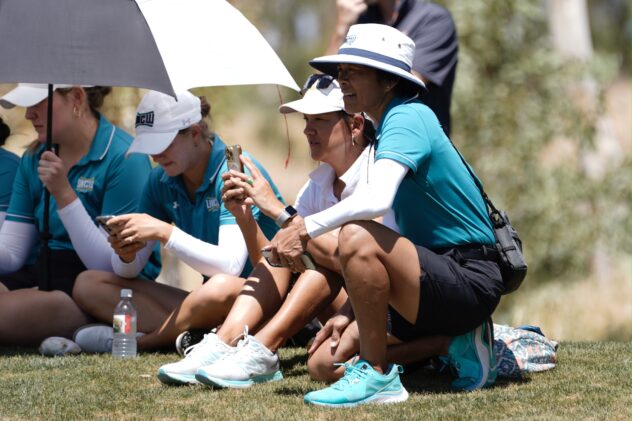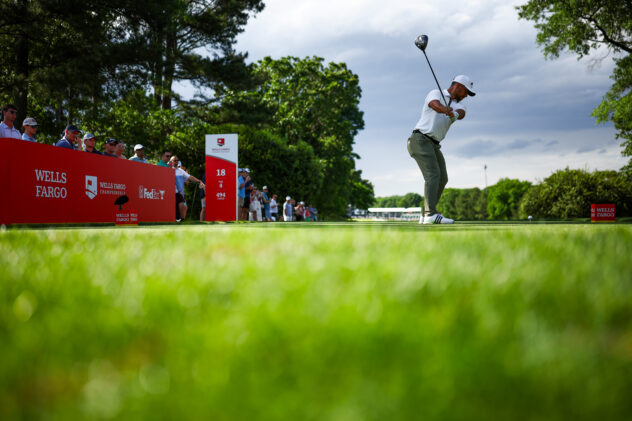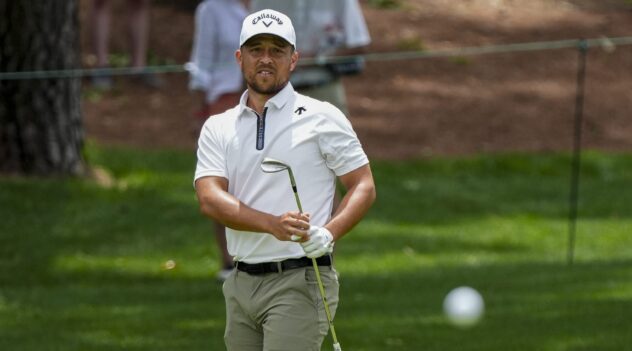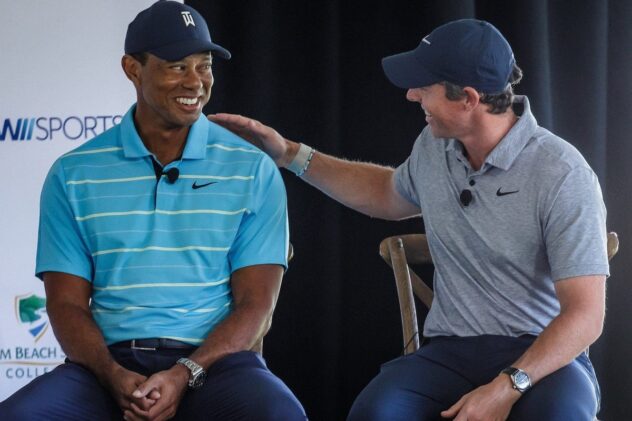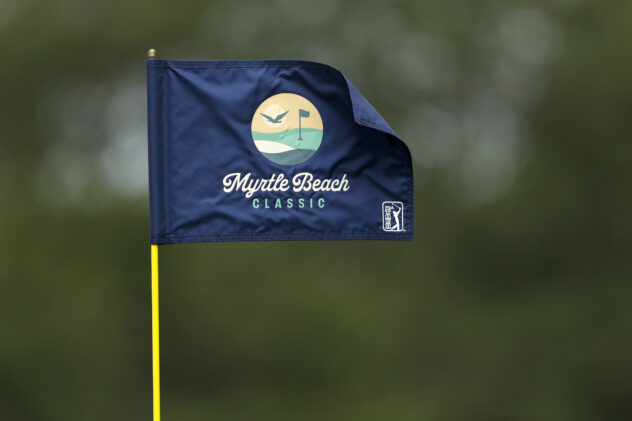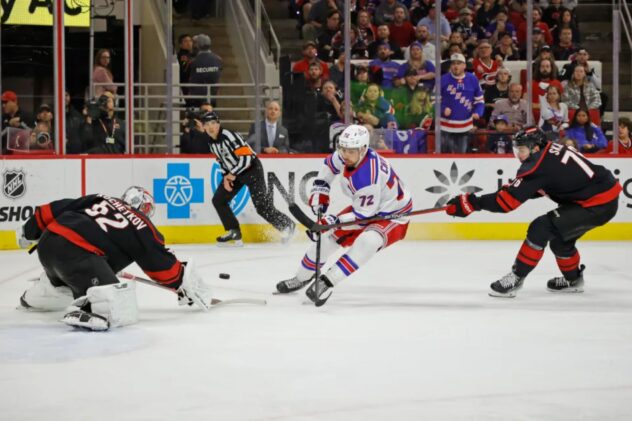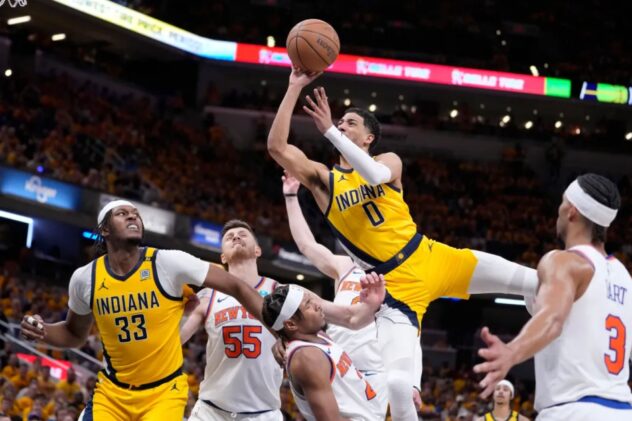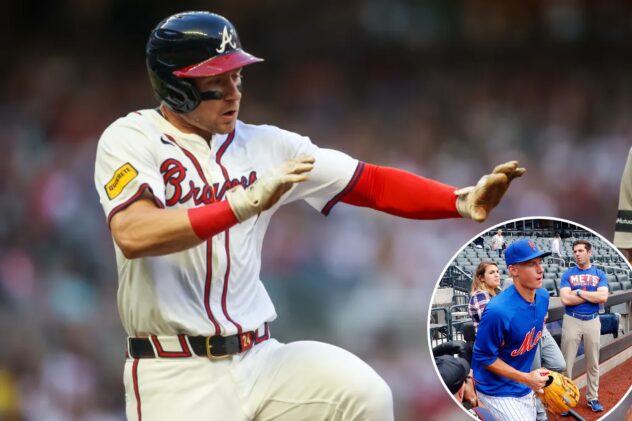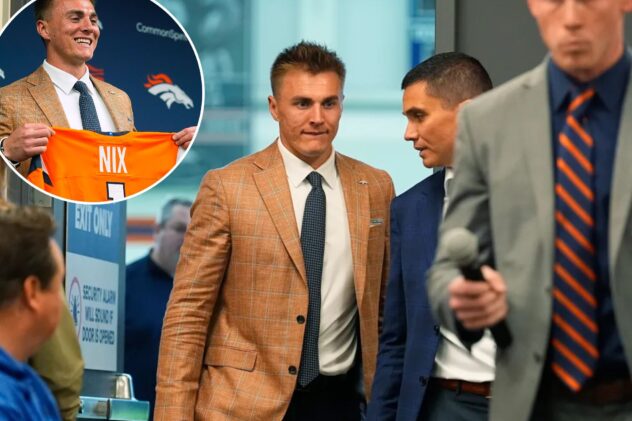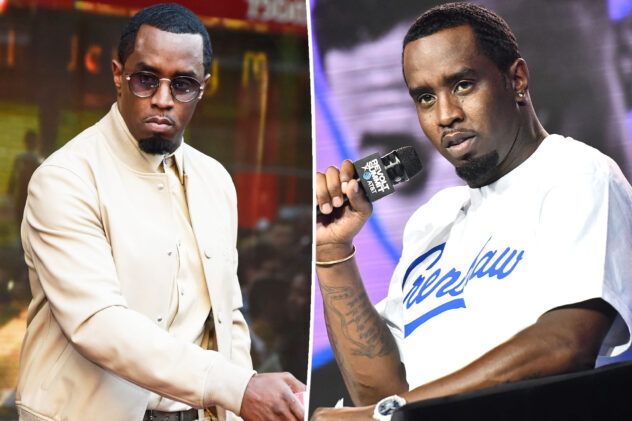Lynch: 2022 was a year of conflict in golf. Don’t expect a ceasefire in ’23


Nadine Gordimer, the South African Nobel laureate, wrote that time is change, that we measure its passage by how much things around us alter. By that standard, 2022 in golf felt like many more than a dozen flips of the calendar. What was the status quo just 12 months ago seems now about as current as sepia-toned photos of Old Tom Morris, an era often spoken of yet irretrievably lost.
Back then, the PGA Tour was governed with an eye toward mollifying the many rather than favoring the few who drive business. LIV Golf existed more in rumor than in reality. Phil Mickelson’s reputation was, if not pristine, then at least largely intact. Bryson DeChambeau and Brooks Koepka were subjects of febrile focus among fans. Greg Norman was more infamous for the majors he choked than for the sentiments he voiced. Were it not for Pat Perez still being an overpaid vulgarian, it might seem as though only Patrick Reed remains unchanged from what he was a year ago.
None of which assumes that ’23 portends change that is equally chaotic and rapid. But change there will be.
Start with the PGA Tour. Its fixation on securing the loyalty of star players—leveraging cash, calendar and cards to that end—risks provoking an uprising by resentful members below deck, men who draw no eyeballs but who have nonetheless grown accustomed to being well-compensated for mediocrity. Bridging the chasm between what elite players are demanding and what the rest of his membership will concede is an onerous challenge for Jay Monahan, made no easier by the disquiet among some sponsors who are now underwriting events unlikely to attract many stars.
With hostile fire incoming on every flank, it seems inevitable that Monahan will face calls to surrender his position from some aggrieved constituency. The most powerful voices on the Tour’s board remain firmly in his corner, but much will depend on his ability to build alliances, a skill not historically valued in the autocratic world of PGA Tour commissioners.
For all of those looming challenges, Monahan begins ’23 on firmer footing than his opposite number, Greg Norman, at least in the eyes of those who don’t interpret social media posturing and bot-bluster as metrics of success. LIV has lost its novelty value and must soon show what can sustain it, beyond Norman’s seemingly inexhaustible animus. Players have, for the most part, chosen sides. Eventually the courts will choose too. But LIV doesn’t have the luxury of time to wait for the wheels of justice to turn, even if they were to land in its favor. Which is why 2023 will see a growing stench of desperation emanating from the upstart league.
Nothing is more crucial to LIV than a broadcast deal that would place its product before more consumers, regardless of the fact that any new platform will have less reach than YouTube, where its audiences quickly stagnated. In September, Golfweek reported that LIV was nearing a deal in which it would pay Fox Sports to air its tournaments, a move embarrassingly far short of conventional agreements that see leagues paid by broadcasters. Stung by the resulting criticism and mockery, Fox passed. LIV is now reduced to discussing a similar deal with The CW, which currently offers its affiliate stations no network-supplied sports.
Playing schedules for ’23 will reflect the prevailing dynamics within and between the rival tours. Next week, the PGA Tour stages the first of 13 “elevated” events that guarantee the participation of needle-moving stars, and will eventually unveil a fall timeline that includes tournaments through which journeymen may secure status for ’24, a return of Q-School and a closer union with the DP World Tour. On the LIV side, despite all the bombast about growing the game globally, its schedule heavily favors time zones it hopes will appeal to a U.S.-based television network.
Many themes that emerged in ’22 will continue into the coming year: LIV players caterwauling that the Official World Golf Ranking is conspiring against them by not awarding points to which they’re not entitled; Norman’s insistence that fans would embrace his product if not for biased critics bringing up things like 9/11 and the odd dismemberment by his employer, as if they themselves had never made a “mistake”; the explicit politicization of LIV as it welded itself to Donald Trump’s cult, turning tournaments held on his courses into de facto political rallies at which Saudi government officials donned MAGA hats; legal scuffling, both at the center with antitrust litigation but also on the lunatic fringe; and, of course, greed, the motif that has now come to define this game and its competitors, regardless of the tour on which they compete.
These are boom times for disbarred lawyers, bots and bullshitters. With a little luck, fans will be rewarded for their forbearance with dramatic, history-making moments that distract, if only momentarily, from the noise.
For all of the developments witnessed in ’22, one thing remains unchanged. I concluded my final Golfweek column of ’21 with an observation that remains my view as we careen into ’23: “If nothing else, the Saudis are offering a reminder that the values on which golf prides itself—integrity, honor, respectability—are not immutable, but must be defended against charlatans and chiselers, some of whom are card-carrying members of the PGA Tour.”

